“The Rain Has Not Stopped” – Steel Businesses Continue to Face Difficulties
With the current recovery momentum, it is forecasted that finished steel production this year could reach 30 million tons, up 7% compared to 2023. However, this recovery is uncertain and steel enterprises still face many difficulties.
According to the Vietnam Steel Association (VSA), steel production is currently in a state of oversupply, along with increased imports, making competition in domestic steel prices more fierce.
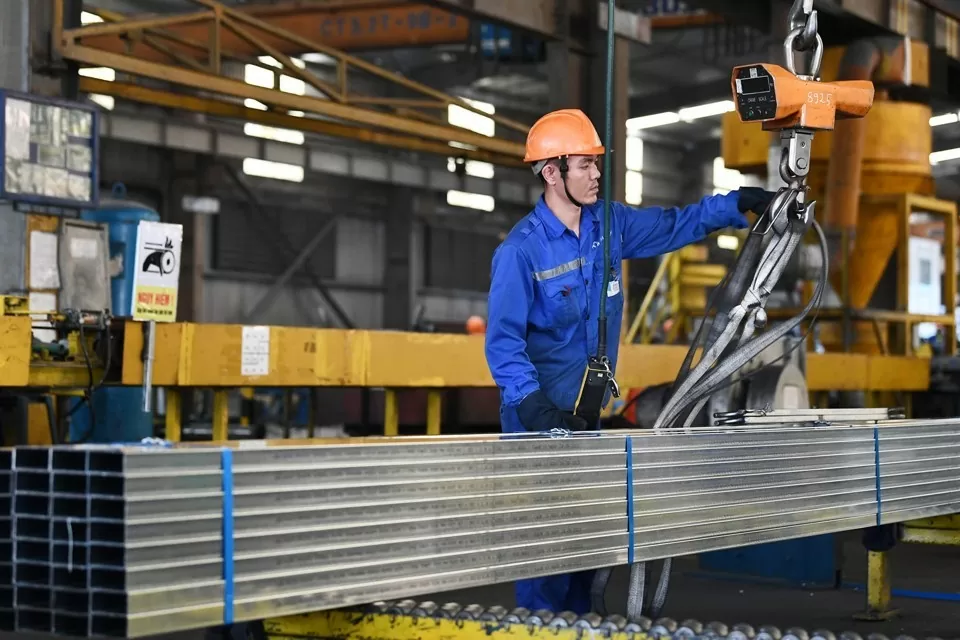 |
| The development of the steel industry needs to be studied based on the capacity, competitiveness, and market demand characteristics of each domestically produced steel product. |
According to the Ministry of Industry and Trade, in addition to temporary issues, the steel industry also has long-term bottlenecks. Production capacity is still limited, Vietnam continues to be a country with a steel trade deficit. Crude steel production basically meets domestic production needs, there is a shortage of high-quality steel products and technical steel.
Customs data in June 2024 showed that Vietnam imported 886,000 tons of hot-rolled coil (HRC), equal to 151% of domestic production. Of which, the amount of steel imported from China accounted for 77%. Regarding the price of imported HRC, products imported from China are very low, averaging 560 USD/ton, 45-108 USD/ton lower than other countries.
In the first 6 months of the year, the cumulative output of imported hot-rolled steel reached nearly 6 million tons, an increase of 32% over the same period in 2023. This import volume is equal to 173% of domestic production. Of which, the amount of steel imported from China accounts for 74%, the rest is from Taiwan (China), Korea, India, Japan and other countries.
Mr. Nghiem Xuan Da - Chairman of VSA also admitted that there has been an increase in imports of HRC hot-rolled steel products recently. With China continuing to increase its steel exports, Vietnamese steel producers are facing the risk of losing the domestic market.
The report of the Department of Industry (Ministry of Industry and Trade) analyzed more specifically, with the structure and volume of products not meeting 100% of the demand for steel production, so it still has to be imported.
The Ministry of Industry and Trade pointed out that in 2023, the billet production capacity of the entire Vietnamese steel industry will be about 28 million tons/year, of which hot-rolled coil (HRC) is 7-8 million tons/year, construction steel (about 14 million tons) ensures 100% for domestic consumption demand and partly for the export market. In addition, the structure of raw materials for production has 42% of steel produced from scrap steel (mainly imported) and 58% produced from blast furnaces, using iron ore as raw material. Steel is also used to serve the mechanical and manufacturing industries. " HRC hot-rolled coil can only produce 8 million tons/year while the demand is 10 million tons. In addition, the steel industry is also dependent on imported raw materials from abroad, leading to a passive price situation " - the Department of Industry acknowledged.
Removing major “barriers” to create growth
Faced with this reality, VSA has recommended that relevant agencies continue to develop and improve the system of technical management standards, quality management standards, and technical barriers. Thereby, preventing steel products that do not meet technical safety and environmental standards from flooding the Vietnamese market.
Mr. Nghiem Xuan Da expressed that the Ministry of Industry and Trade needs to speed up the development and submission of the Vietnam Steel Industry Development Strategy to 2030, with a vision to 2050, in conjunction with specific policies for the steel industry to grow green and sustainably. He suggested continuing to guide and support steel exporting enterprises to promptly and effectively respond to trade defense cases against steel production abroad.
Suggesting additional solutions, Dr. Nguyen Thi Thu Trang - Director of the WTO and Integration Center (VCCI) said that it is necessary to establish technical barriers according to international standards to prevent poor quality imports. On the other hand, it is necessary to develop processes and procedures for checking the quality of steel imported into Vietnam. Accordingly, imported steel must have a certificate of compliance with Vietnam's quality standards.
Regarding the issue of massive steel imports into the market, the Ministry of Industry and Trade has regularly reviewed and assessed the impact of steel imports, received feedback from the business community and promptly protected businesses in the domestic market through trade defense measures (anti-dumping, anti-tax evasion, anti-subsidy, trade defense) and technical measures.
In addition, the Ministry also provides guidance and support for steel exporting enterprises to respond promptly and effectively to trade defense cases of steel products abroad.
The Ministry of Industry and Trade recognizes that the steel industry plays a particularly important role in the process of developing the country towards industrialization and modernization; it is a fundamental industry, an input material for the country's important economic sectors such as mechanical engineering, supporting industries, etc. On the other hand, developing a strong steel production industry also creates a solid foundation and develops the market for the manufacturing, construction, mechanical engineering industries, etc., contributing to creating a stable supply source and improving the productivity and operational efficiency of the industries.
“ Self-sufficiency in domestic steel production is an inevitable requirement for self-sufficiency in raw materials for production and consumption of the people, as well as the process of urbanization and modernization of national infrastructure. Therefore, for the steel industry to develop sustainably and stably, the State needs to build strong enough policies to promote the development of steel industries to create a basic foundation for industrialization in a modern and sustainable direction ” - the Department of Industry stated.
In a more detailed analysis, Mr. Nguyen Ngoc Thanh - Deputy Director of the Department of Industry also proposed a solution: Vietnam needs to have policy orientations to strongly develop the metallurgy and materials industry, especially processed and manufactured steel. Specifically, it is necessary to develop more large-scale iron and steel complexes with diverse product structures, especially steel products serving the processing and manufacturing industry. Focus on encouraging the production of alloy steel and especially serving the mechanical and machine manufacturing industries. Build a steel industry development strategy in the direction of attracting investment in large steel complexes to produce a variety of steel products, especially focusing on steel used in the processing, manufacturing, mechanical and automotive industries.
According to preliminary forecasts, the total market demand for Vietnam's manufacturing industries by 2030 could reach 310 billion USD. Of which, the market demand for mechanical engineering serving industrial works is 120 billion USD; mechanical engineering serving construction, agriculture, and processing is 15 billion USD; standard equipment is 10 billion USD; railway transport is 35 billion USD; subway is 10 billion USD and automobiles is 120 billion USD.
This will be a huge market for the domestic steel industry, especially for fabricated steel and high-quality alloy steel serving the manufacturing industry, which is a segment in which Vietnam is currently not self-sufficient in domestic steel production.
| It is known that the Ministry of Industry and Trade has developed a Draft Strategy for the Development of Vietnam's Steel Industry to 2030, with a vision to 2050; it is expected to be submitted to the Government in September 2024. |
Source: https://congthuong.vn/nganh-thep-lam-gi-de-khac-phuc-diem-nghen-dai-han-332006.html








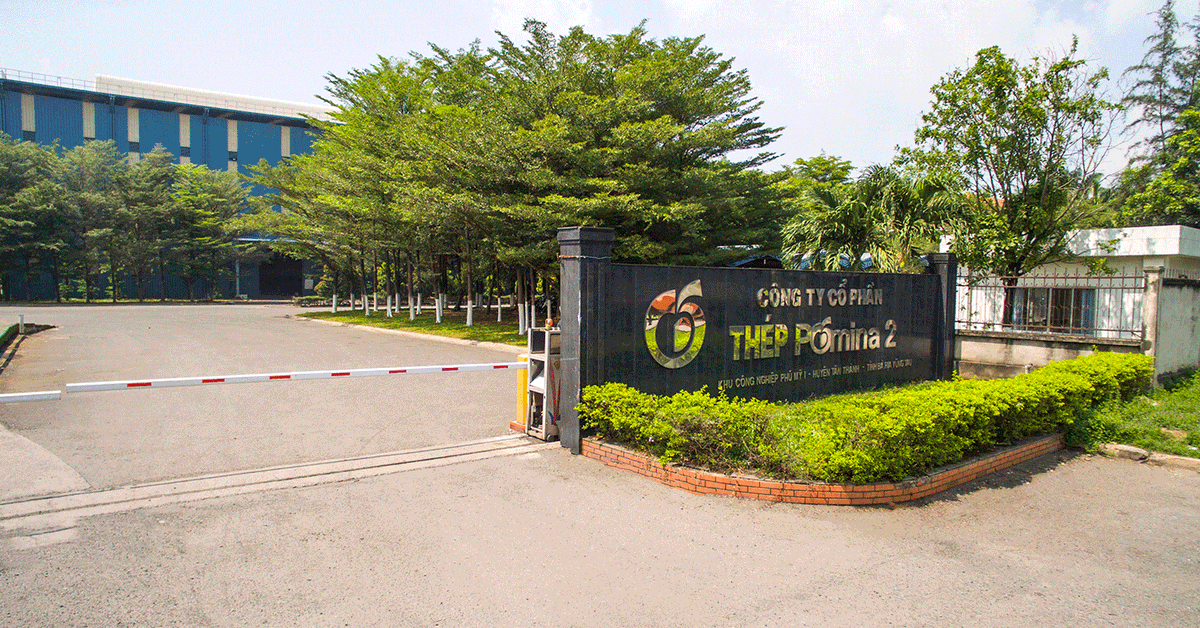

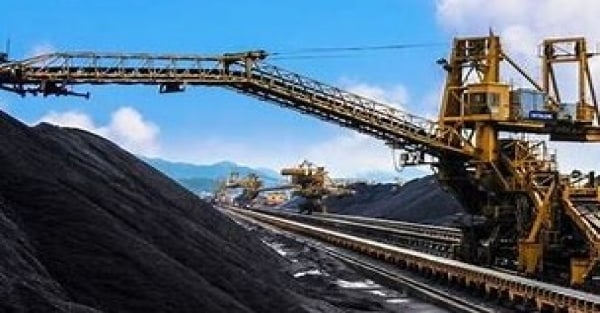





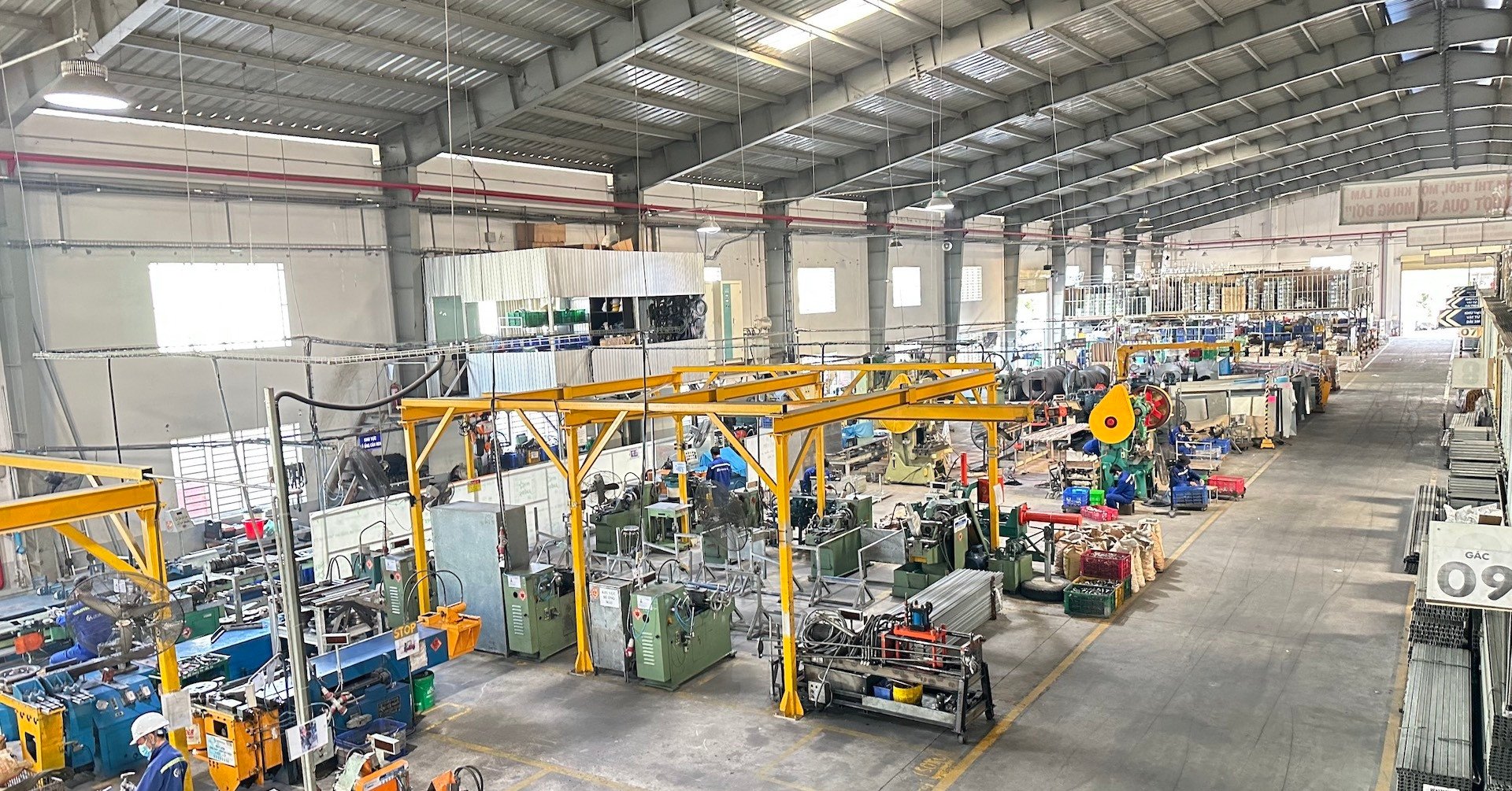


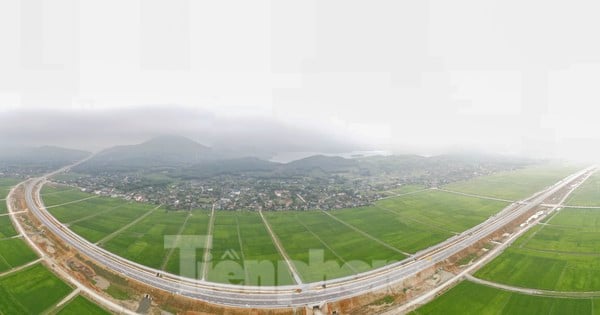
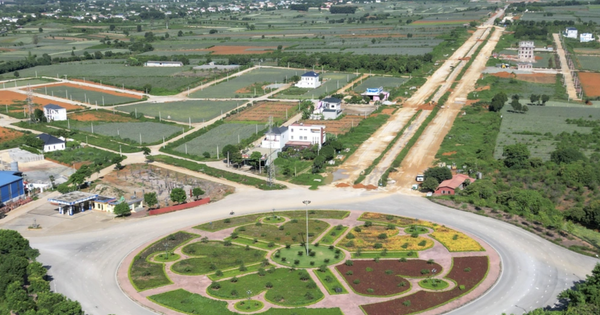






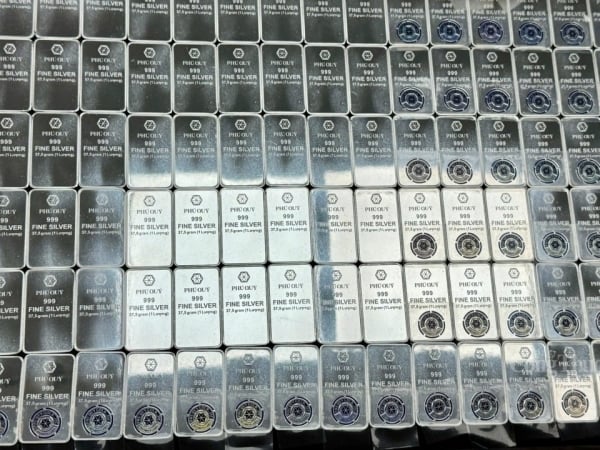
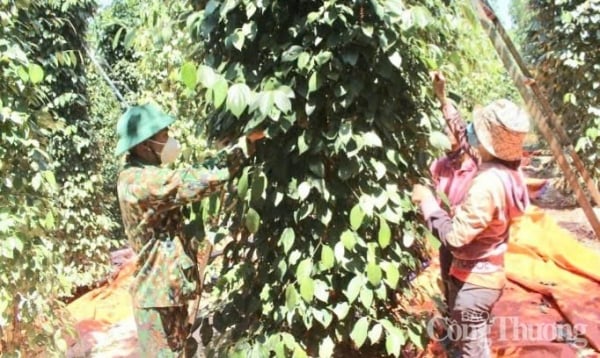

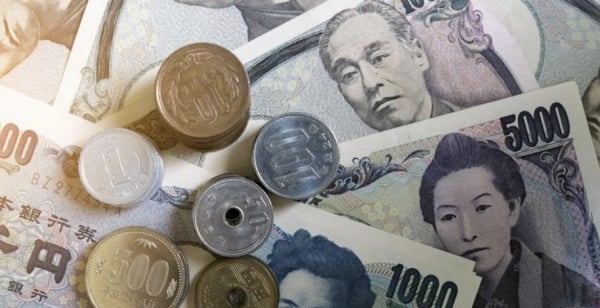



![[Photo] "Beauties" participate in the parade rehearsal at Bien Hoa airport](https://vstatic.vietnam.vn/vietnam/resource/IMAGE/2025/4/11/155502af3384431e918de0e2e585d13a)












































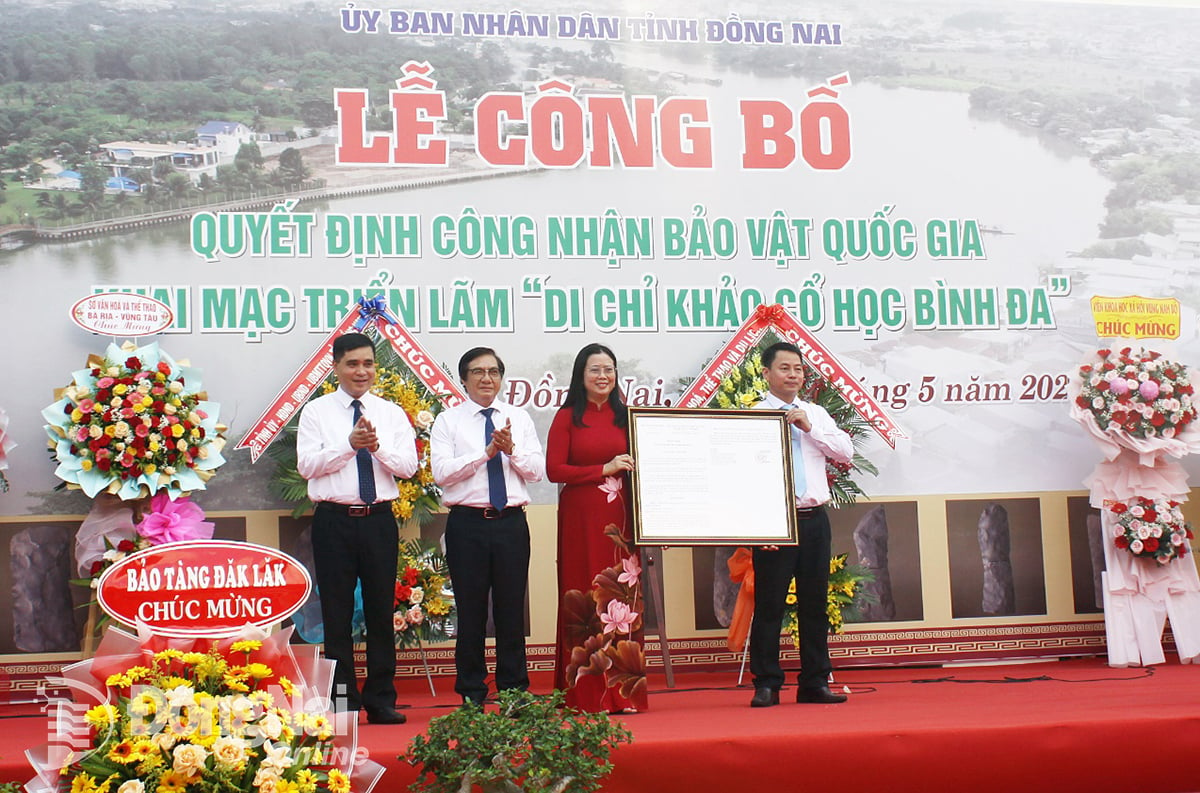

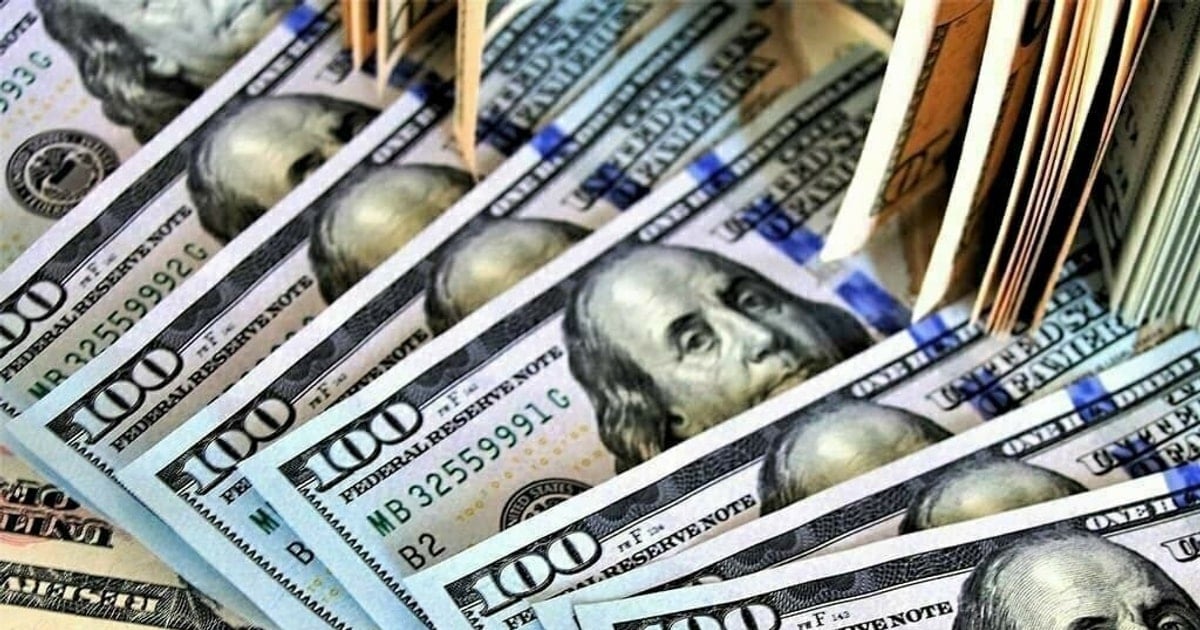














Comment (0)